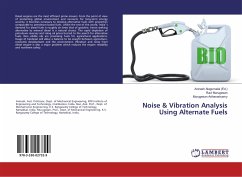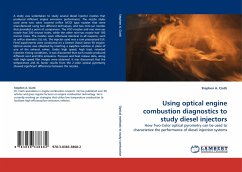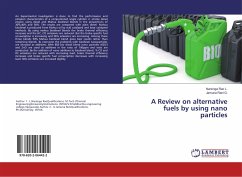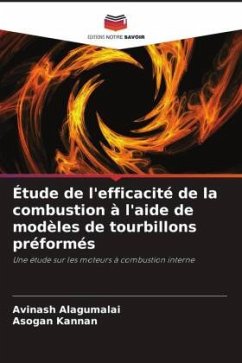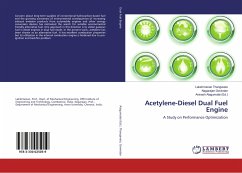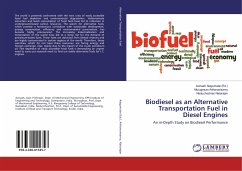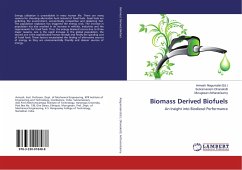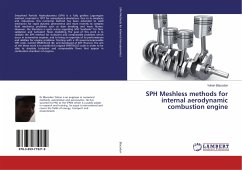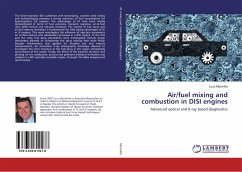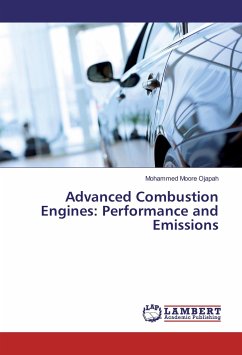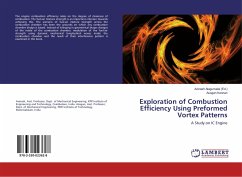
Exploration of Combustion Efficiency Using Preformed Vortex Patterns
A Study on IC Engine
Herausgegeben: Alagumalai, Avinash
Versandkostenfrei!
Versandfertig in 6-10 Tagen
24,99 €
inkl. MwSt.

PAYBACK Punkte
12 °P sammeln!
The engine combustion efficiency relies on the degree of closeness of combustion. The fuel-air mixture strength is an important criterion towards achieving this. The scenario of fuel-air mixture strength across the combustion chamber has been the grounds on which any combustion chamber design is based. Instead of bringing in geometrical shape changes of the inside of the combustion chamber, modulation of the fuel-air strength using dynamic mechanical longitudinal waves inside the combustion chamber and the result of their interference pattern is examined in this book.



